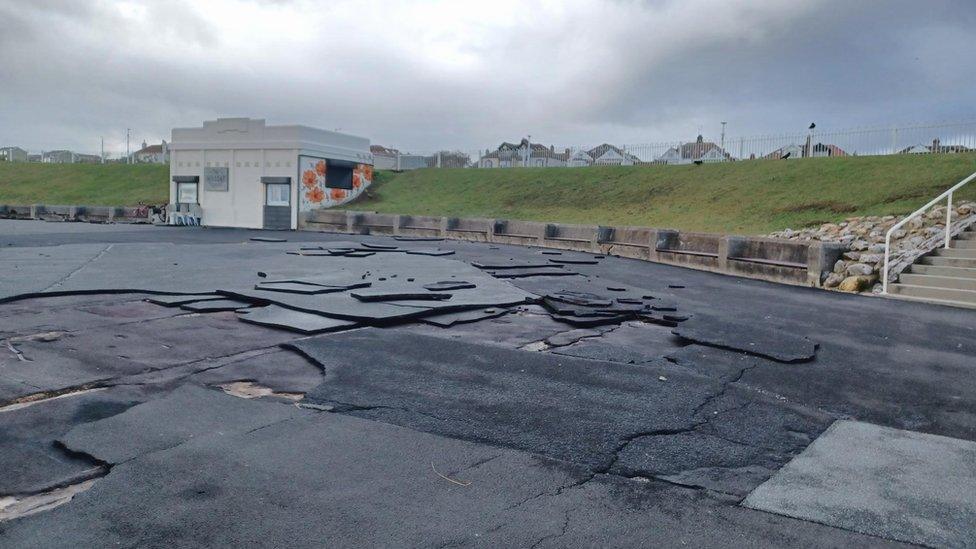Grade II listed tram shelter turned into restaurant

A 1920s shelter in Seaburn has been turned into a food and drink venue
- Published
A Grade II listed tram shelter which served a tourist spot for three decades is serving a new purpose as a restaurant.
The 1920s structure in Seaburn, Sunderland, has opened as a food and drink venue, creating about 20 jobs.
Thousands signed a petition against its redevelopment, but the city council said the building had been "sympathetically restored".
Original materials, including timber walls and cast iron fixtures, have been used, while the shelter's white picket fence has been replicated.
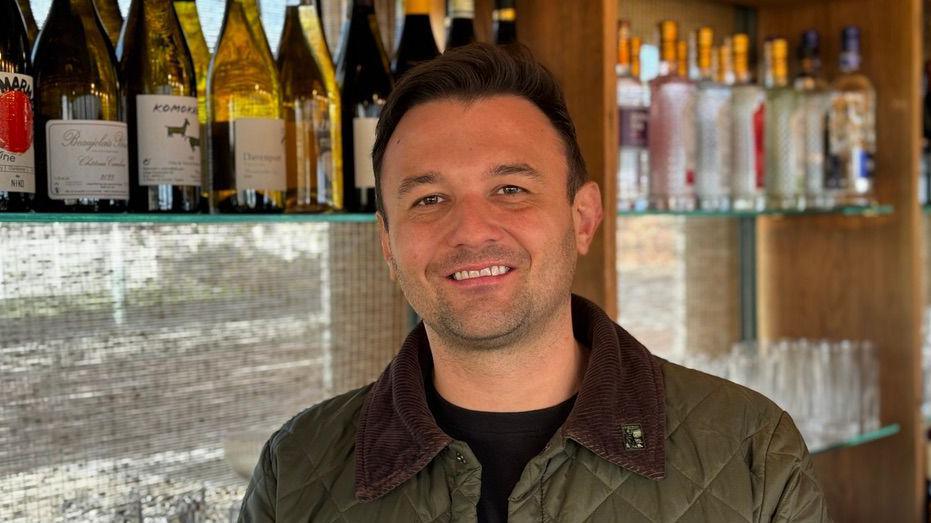
Jonny Dryden, who runs the venue in Seaburn, said key features had been preserved
Work to transform the shelter on the seafront has taken nine months, after listed building consent was approved in 2021.
Jonny Dryden and Christopher Lowden, who run Blacks Corner deli in East Boldon, South Tyneside, won the council's tender to find an operator.
Mr Dryden said they worked with the public and Sunderland Antiquarian Society to honour the shelter's heritage.
"This is something we felt we could breathe some life into," he said.
"All of this adds to what were once the Roker and Seaburn twin resorts, which I think have been forgotten about over the last 50 to 70 years.
Mr Lowden constructed the restaurant by hand, starting work in February this year and finishing in late November.
He said its construction was hampered by the arrival of Storm Babet and Ciarán, adding that "it's been bad when it rains, good when it's warm".
He said it had been a "long process", trying to "save every piece of it so we can respect the building as it was 100 years ago", but he was "pleased".
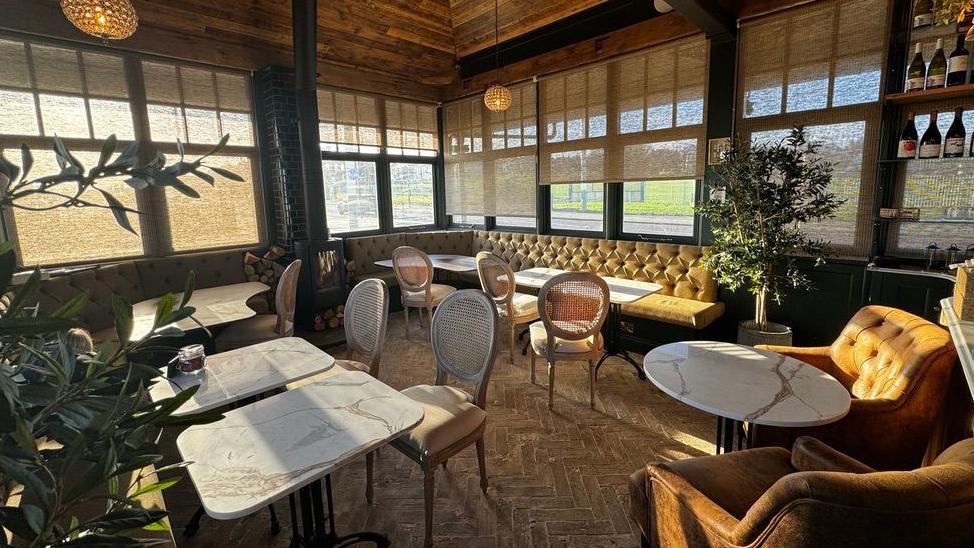
About 20 jobs have been created by the hospitality venue in Seaburn
The tram shelter first opened in the 1920s, but fell into disuse when Sunderland Tramways stopped operating in 1954.
Paul Jarman, Beamish Museum's director of development for transport, industry and design, said trams had played an important role in the area's development.
This included bringing people, including tourists, to Seaburn via the tram shelter.
"There was no other way of doing it, so it was cheap and effective, ideal for mass transport and getting lots of people out to the coast, lots of places, [for] shopping and whatever they needed to do," Mr Jarman said.
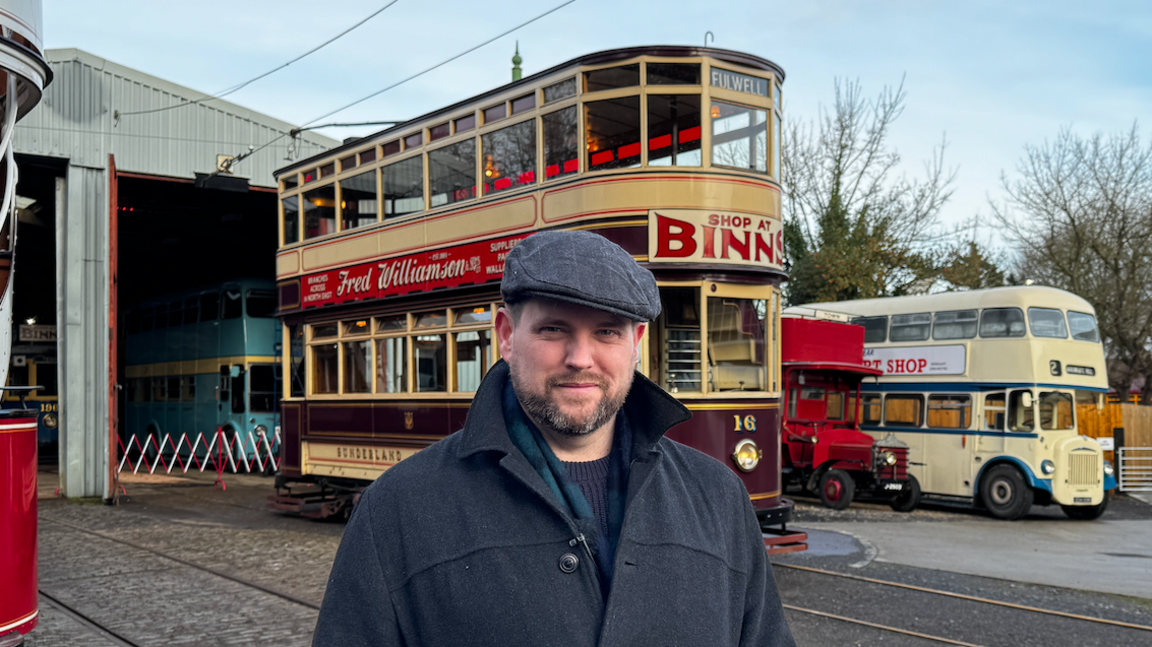
Beamish Museum's tram number 16 used to serve the Seaburn tram shelter, says Paul Jarman
Sunderland City Council previously announced the refurbishment of the shelter as part of its ten year regeneration plan of Seaburn seafront, external.
However some residents opposed the plans, arguing that it should remain as a "free space to take shelter" and was a "much loved" community building.
Portfolio holder for dynamic city Kevin Johnston acknowledged concerns but encouraged people to "come down and see for themselves".
He said: "Sunderland is a growing city, we want to be more dynamic, vibrant more healthy and this really does fit in with the investment we’ve put into the seafront in the last ten years."
He said the council was open to the redevelopment of disused buildings, suggesting the tram shelter could be a "template" for future projects.
Sunderland's former fire station was turned into a music venue, while the city's Gilbridge police station recently reopened as an office space and gym.

The once-hollow structure stopped being used as a tram shelter in the 1950s
Related topics
- Published29 September 2018
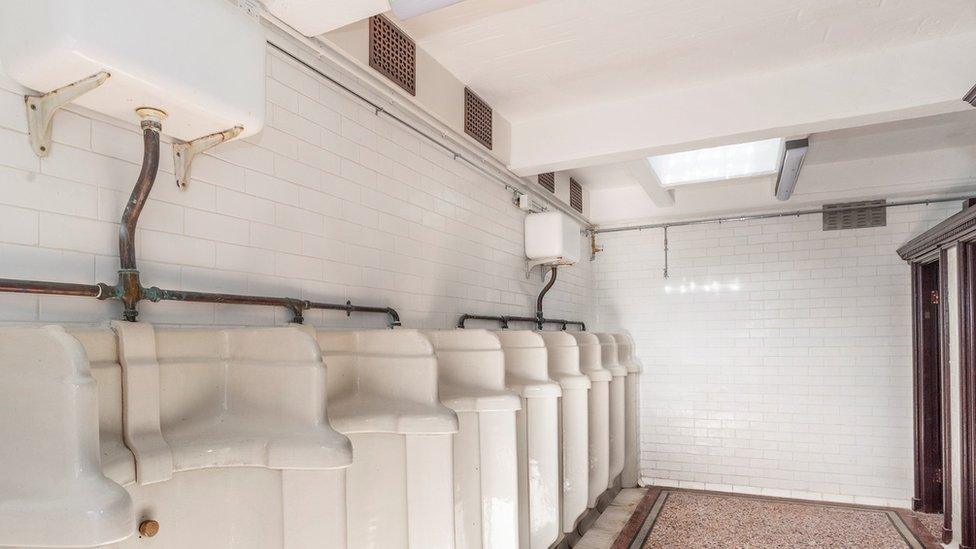
- Published12 November 2023
